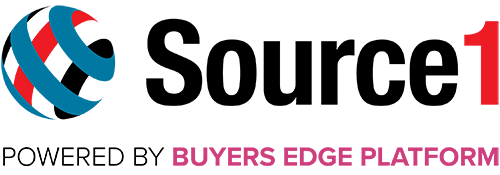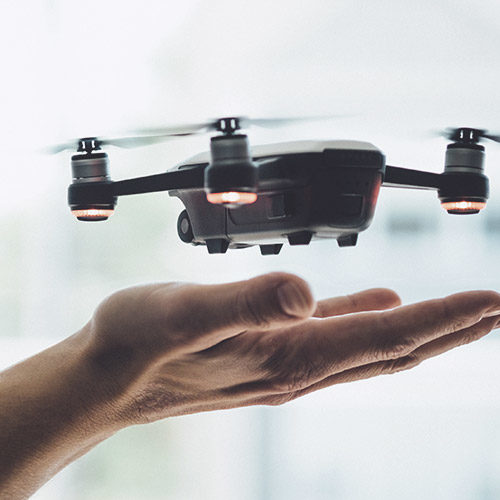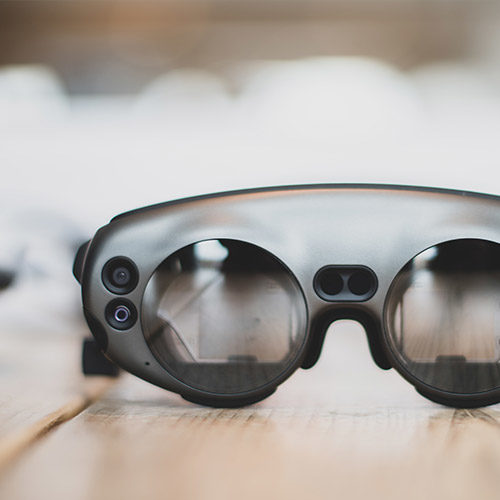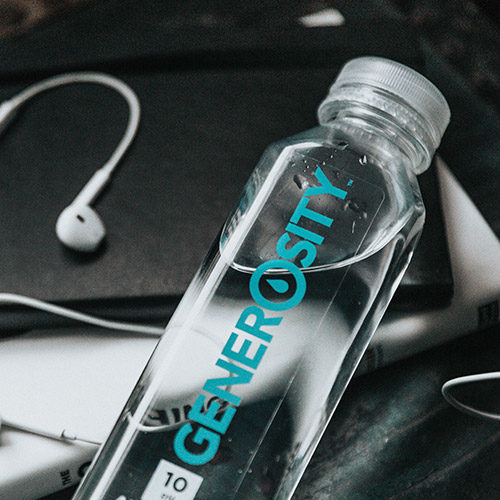When it comes to price, it’s easy to want the easiest and cheapest option. However, building profits doesn’t necessarily come from just reducing spending.
“Our goal as Source1 is to expose operators to our knowledge base and experience,” said Molly Fierro, VP of programs. “We try to manage overall cost; it’s an expanded way to think about the bottom line.”
The relationship between price and cost can be compared to purchasing more expensive, yet more efficient pre-cut fruit versus cheaper, less-efficient fresh fruit. Despite the lower up-front costs, the fresh fruit will cost more in the long run because it requires the labor of washing, cutting and preparing it.
The negatives involved with low up-front price go beyond simply paying more: labor costs and potential lost time drive the cost of the fruit up. Although this particular option might work for some operators, given their needs and wants, the interaction between price and total cost beyond the initial price tag is an important consideration.
When the scale is something as large as a Foodservice operation, the relationship between price and cost becomes not only important, but vital to the health and efficiency of a business.
Below are 3 things you can do to be price-aware and cost-effective.
1. Have access to options.
Options allow operators to access many different prices and qualities of product. Because no two businesses are the same, the ability to choose different products depending on demand, season and consumer preference is vital. Only you know what you need and what your customers want; having access to multiple options for hospitality products through Source1 means that you don’t just have to choose between low price whole fruit vs higher price pre-cut fruit options—you can choose from anywhere on a spectrum that fits your specific needs.
2. Work to maximize product applications.
This is perhaps the best-kept secret of the relationship between price and cost – the application of products. While some products, such as kitchen utensils and appliances, have one application, many products have unexpected multitasking powers. Through manipulating such products and streamlining purchasing, an operation has the power to drive down costs and better leverage your overall spend. Many foods—meats, for example—can be used in a variety of applications. For example, a cut of chicken can have multiple applications beyond just an entrée; it can be used just as effectively in a salad or stuffed. Although the actual numerical price won’t change no matter what a product is used for, the maximization of its use will eventually drive down costs and price in the long run.
3. Utilize leverage buying.
The ability to not only choose and maximize the products you do have, but to buy those products at the lowest possible price allows for even more room in the budget to expand your business. Leverage buying through Source1 can be a key component of being a price-aware and cost-effective business because it allows you to maximize your overall budget all while obtaining the products that you need for your business and customers.











